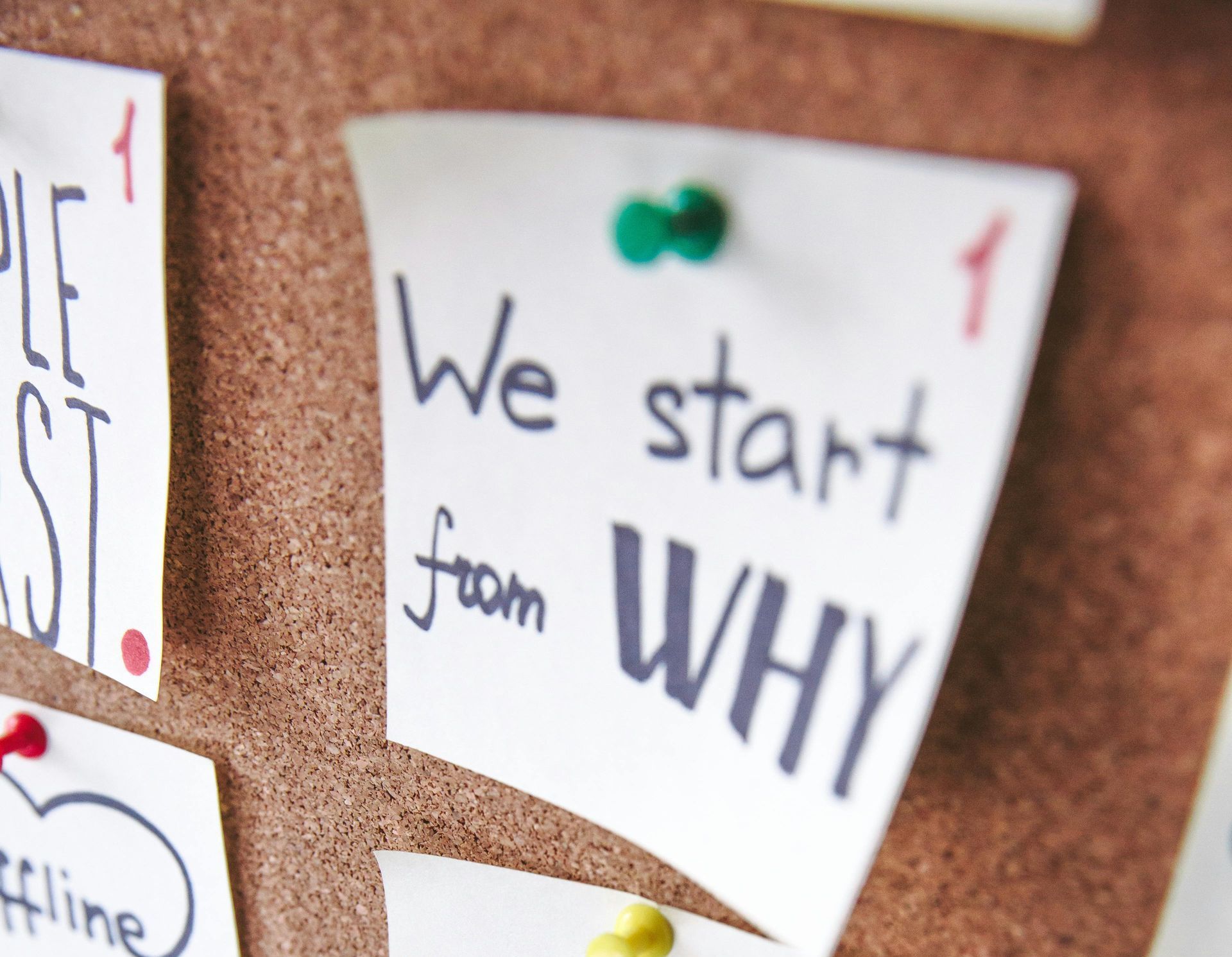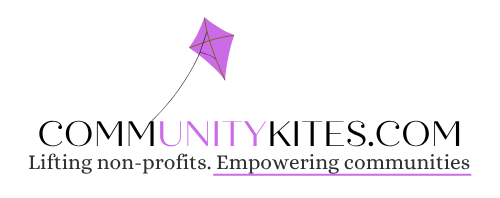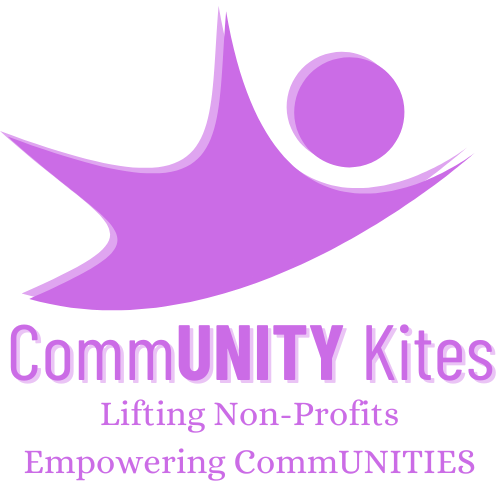How to Find Your Non-Profit's Why: A Leader's Guide
How to Find Your Non-Profit's Why: A Leader's Guide

The Unseen Engine: Why Your Non-Profit’s "Why" is Your Greatest Asset
In the relentless pursuit to serve those you are passionate for, the world of non-profit leadership, the to-do list is infinite. There are grants to write, budgets to balance, programs to manage, and a community to serve. It's a constant juggling act that can leave even the most passionate leaders feeling stretched thin, focusing so intently on the "what" and the "how" that they lose sight of the most critical element of all: the "why." This foundational "why" is more than just a line in a mission statement; it is the organization's heartbeat, its North Star, and the unseen engine that drives every single action, decision, and interaction forward.
For any non-profit aiming for sustainable, long-term impact, clarifying and embedding this core purpose is not a luxury—it is a necessity. It is the wellspring of resilience, the magnet for support, and the ultimate measure of your success. When an organization has a "why" that is so clear and compelling that it achieves one hundred percent buy-in from every person it touches, it transforms from a simple service provider into a powerful movement.
Let's explore how to find this purpose, test its strength, and ensure it remains the vibrant, beating heart of your mission.
Beyond the Mission Statement: Discovering Your Core Purpose
Many organizations believe their mission statement is their "why." While related, they are not the same. A mission statement typically describes what you do and for whom you do it. For example, "We provide meals and shelter for the unhoused population in our city." This is a noble and necessary "what." The "why," however, digs much deeper. It articulates the fundamental belief that fuels that action. The "why" might be, "Because we believe that every human being deserves the dignity of a safe place to sleep and a warm meal, regardless of their circumstances."
See the difference? The "what" is the activity; the "why" is the conviction. The "what" appeals to the logical brain, but the "why" captures the heart. It is the story behind the statistics, the human reason behind the service. Finding it requires moving past the operational details and asking more profound questions. Think back to the very beginning.
What was the injustice, the problem, or the gap in the community that you and your founders simply could not ignore?
What was the moment you decided that standing by and doing nothing was no longer an option? The answer to that is the seed of your "why."
To help unearth it, gather your core team—your board, key staff, and perhaps a founding volunteer—and ask questions that go to the core of your existence.
- What is the single most profound change you want to see in the world because of your work?
- If your organization had to close its doors tomorrow, what essential light would go out in your community?
- What irreplaceable value would be lost?
Consider your greatest success story, not in terms of numbers served, but in terms of life-changing impact. What belief about the world did that success affirm? The emotional, resonant answers to these questions will lead you to the powerful, simple truth of why you exist.
The Ripple Effect: How a Clear "Why" Powers Everyone
Once defined, this core purpose becomes a transformative force that ripples through every level of the organization. It is the central point of alignment that ensures everyone is pulling in the same direction, infused with the same spirit.
For the Executive Director and the Board of Directors, the "why" becomes the ultimate strategic filter. When a new funding opportunity, partnership, or program idea arises, the first question is no longer "Can we do this?" but "Does this align with why we are here?" This simple shift moves the board’s role from one of passive oversight to one of enthusiastic ambassadorship. They are no longer just guardians of a budget; they are stewards of a deeply held belief. Their passion becomes infectious because they can articulate not just what the organization does, but why it matters on a fundamental level.
For your operations team and staff, the "why" provides a reason to show up that transcends a paycheck. The daily grind of administrative tasks, data entry, and logistical planning is reframed as a direct contribution to a cause they believe in. This intrinsic motivation is a powerful antidote to burnout. It fuels creativity, encourages problem-solving, and builds a culture of dedication. Team members feel that their work is not just a job, but a calling, which is the bedrock of a successful and resilient organization.
This clarity then flows directly to your donors and volunteers—the lifeblood of your work. People rarely give their precious time and hard-earned money simply because an organization has a need. They give because the organization’s "why" connects with their own personal values. A compelling "why" tells a story they want to become a part of. It elevates your fundraising appeal from a simple request for help to an invitation to join a meaningful movement. It’s the reason people don’t just volunteer for an afternoon; they become lifelong advocates who "show up and show out" with passion and generosity.
Finally, and most importantly, this purpose is felt by the very beneficiaries you serve. An organization driven by a deep "why" approaches its work with a greater sense of empathy, dignity, and respect. The people it helps are not seen as cases or statistics, but as the living, breathing reason the mission exists in the first place.
Testing and Living Your "Why"
Articulating your "why" is a monumental first step, but it must be tested and then actively lived. How do you know if you’ve landed on the right one? First, try the "goosebump test." When you state your "why" out loud, does it stir something in you? Does it create a spark of emotion in the room? A powerful "why" should feel authentic and resonant.
Second, it must pass the clarity test. Is it simple enough for anyone, from a brand-new volunteer to the board chair, to understand and repeat? Share it with someone completely outside your organization. Without much explanation, do they get it? Does it connect?
Once you have a "why" that feels right, the real work begins: embedding it into your culture. This is not a "set it and forget it" exercise. It must be woven into the fabric of your organization—from your hiring and onboarding processes to your marketing materials and program evaluations. It should be the first thing you talk about with a potential donor and the last thing you reflect on in your annual report.
It’s also crucial to periodically re-examine your "why," especially during times of significant change, such as a leadership transition or a strategic planning cycle. This isn’t about changing it on a whim, but about ensuring it still holds true and that your actions remain in alignment with it. To do this, you must create feedback loops. Ask your team, your board, and your volunteers directly: "On a scale of one to ten, how well are we living our purpose today?" And perhaps more personally, ask them: "Does our organization's 'why' still answer the call for why you choose to be here?" These conversations are vital. They keep your purpose from becoming a forgotten plaque on the wall and ensure it remains a dynamic, guiding force.
Ultimately, your non-profit’s "why" is your most valuable, non-depreciating asset. It is the source of your strength in challenging times and the amplifier of your impact in prosperous ones. Taking the time to discover it, articulate it, and live it is the most important investment you can make in your organization's future. It is the foundational work that allows your mission, and the community you serve, to truly take flight.




